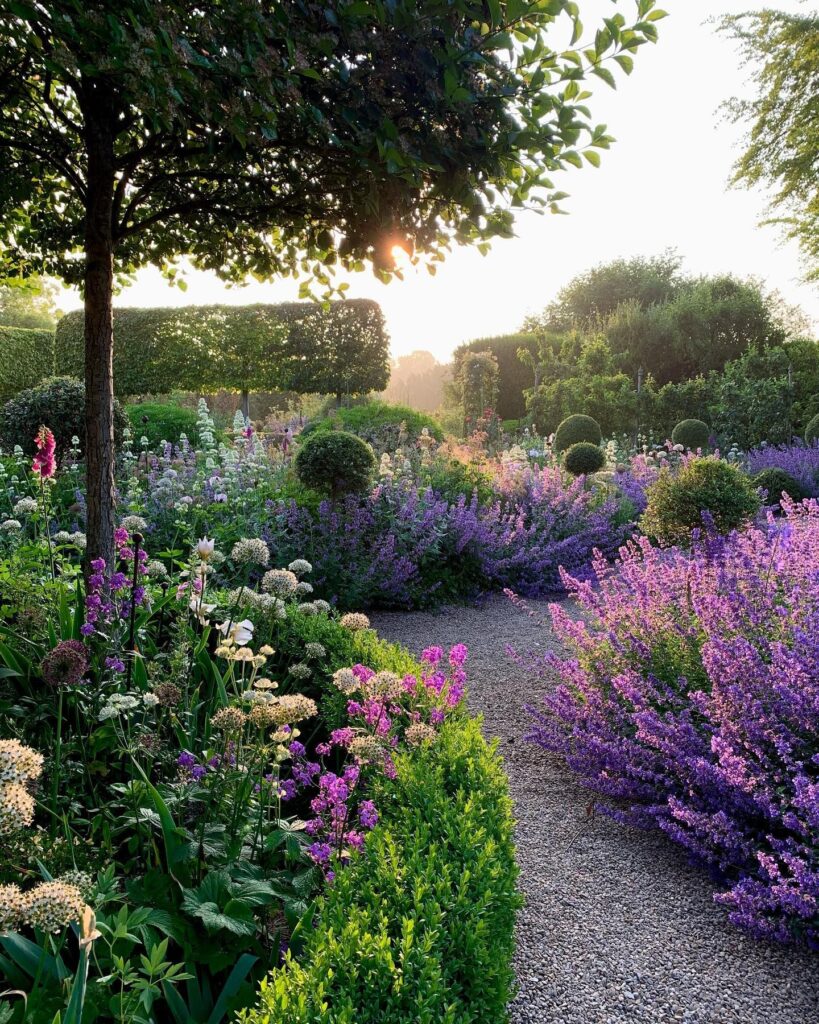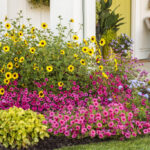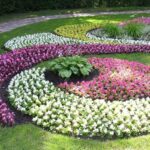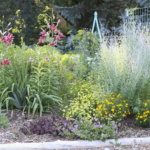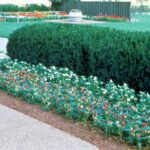Flower garden design is an art form that allows individuals to create beautifully landscaped areas filled with a variety of vibrant blooms. When designing a flower garden, there are a few key factors to consider to ensure a visually appealing and well-balanced space.
One important aspect of flower garden design is selecting the right location. It is essential to choose a spot that receives an adequate amount of sunlight for the type of flowers being planted. Additionally, the soil quality should be assessed to ensure it is suitable for the selected plants. Proper drainage is also crucial to prevent water from pooling and causing root rot.
The layout of the flower garden should be carefully planned to create a harmonious flow. Consider the height, color, and blooming times of each plant to create a balanced and visually appealing arrangement. Grouping plants with similar care requirements together can also make maintenance easier and ensure the garden thrives.
When selecting plants for a flower garden, it is important to consider the climate and growing conditions of the area. Choose a mix of annuals, perennials, and bulbs to ensure year-round color and interest. Planting a variety of flowers that bloom in different seasons can create a dynamic and ever-changing garden landscape.
Incorporating different textures and shapes into the flower garden design can add depth and interest. Mix plants with varying leaf shapes and sizes to create visual contrast. Use taller plants in the back of the garden and shorter plants in the front to create a layered effect that adds dimension to the space.
Finally, don’t forget to add elements such as pathways, garden art, and seating areas to enhance the overall design of the flower garden. Pathways can guide visitors through the garden and create a sense of structure, while garden art such as sculptures or fountains can add a touch of whimsy or elegance. Adding seating areas allows visitors to sit and enjoy the beauty of the garden up close.

